What Is a One-Sided Relationship?
A one-sided relationship is when one partner consistently contributes more — emotionally, physically, or financially — while the other remains disengaged. There’s a noticeable imbalance where one person feels exhausted, while the other may not even realize there’s an issue. This kind of relationship is unhealthy and often leads to long-term mental health struggles like anxiety, low self-worth, and emotional burnout.
What Are the Signs of a One-Sided Relationship?
Recognizing these red flags early is key to protecting your well-being:
A Persistent Sense of Insecurity
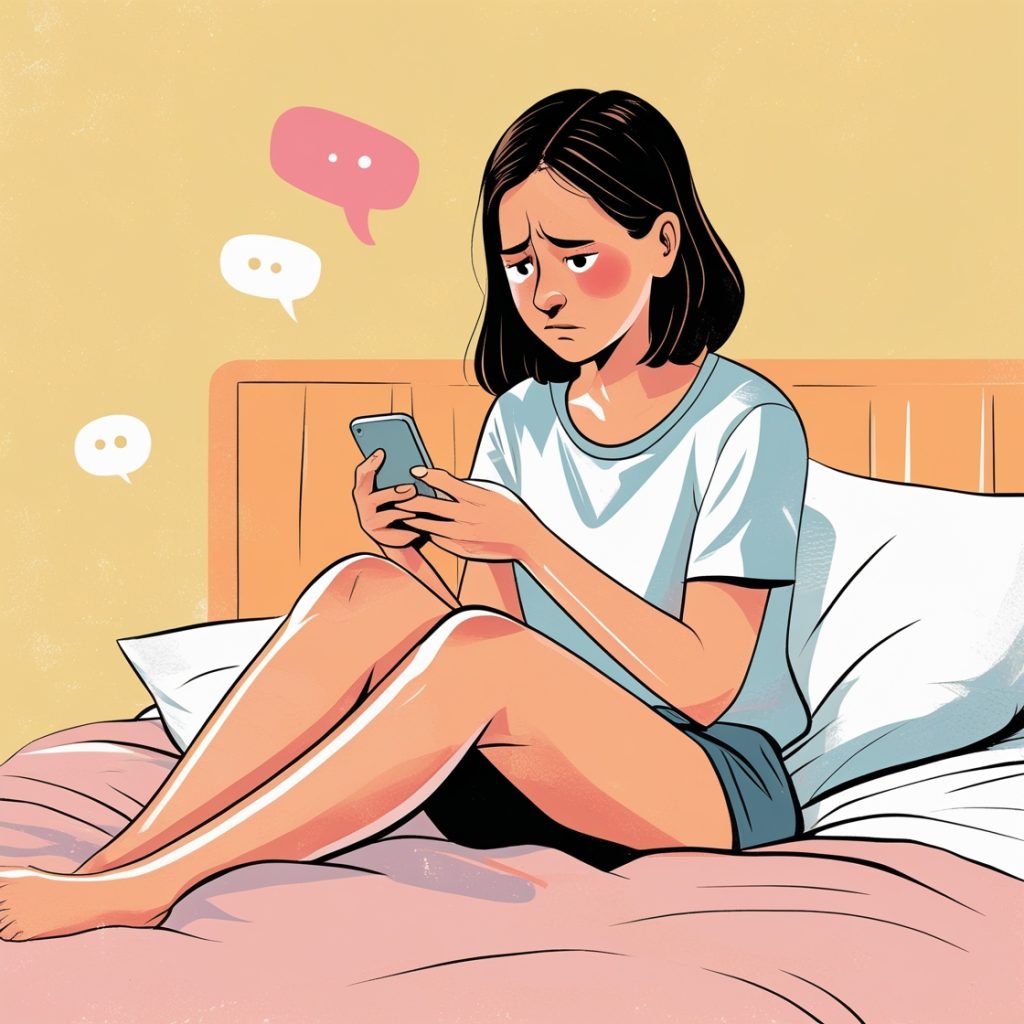
You’re constantly second-guessing your worth in the relationship. If reassurance and affection are always coming from your side, this insecurity may stem from emotional neglect.
Lack of Communication

Healthy relationships rely on open, honest communication. In a one-sided relationship, your concerns may go unheard, and meaningful conversations are rare or avoided altogether.
Your Interactions Leave You Unfulfilled
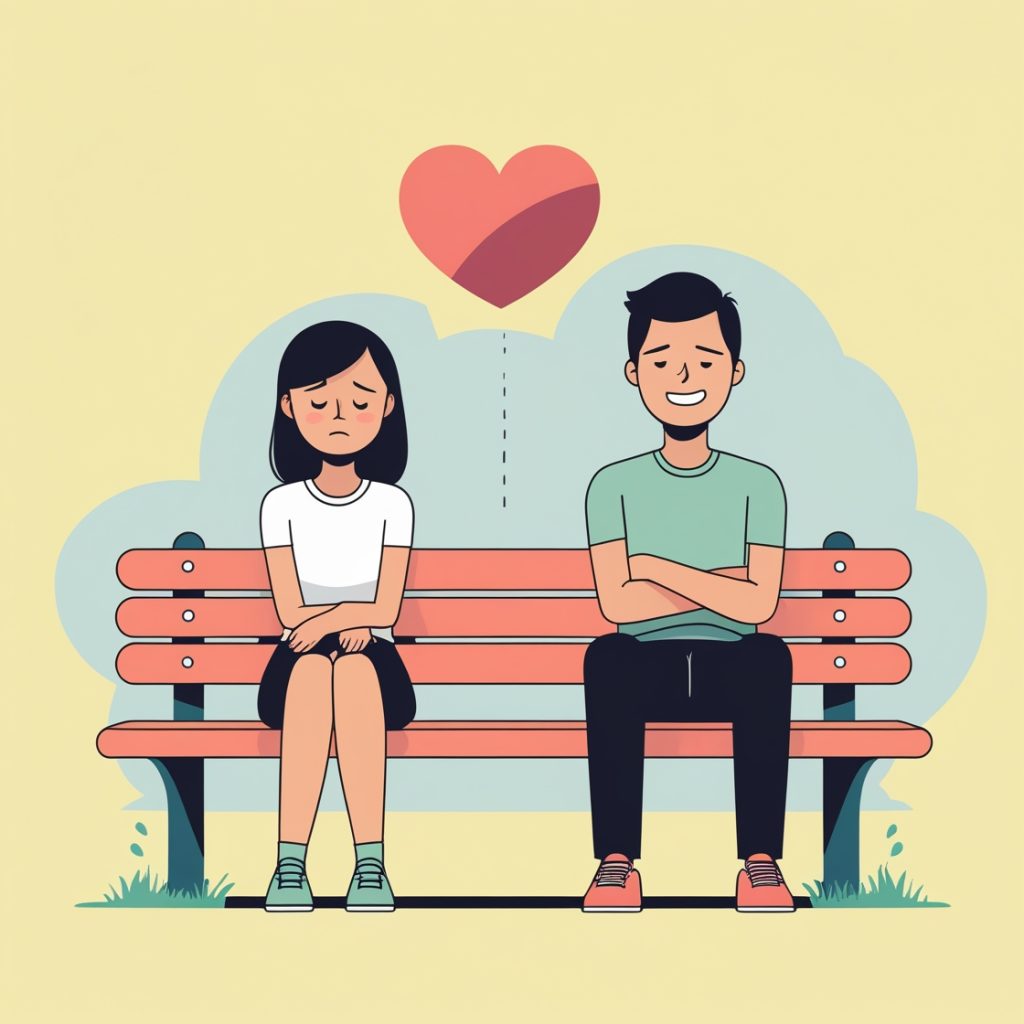
You often feel empty after conversations or time spent together. The emotional connection feels surface-level, and you’re left feeling unimportant or unseen.
You Do All the Work

Whether it’s planning dates, managing conflicts, or showing affection, the emotional labor falls entirely on you. Your partner may seem indifferent or disengaged.
Financial Imbalance
If you’re shouldering most or all of the expenses without a discussion or mutual agreement, it may be a sign of one-sided effort and a lack of partnership.
What Causes One-Sided Relationships?
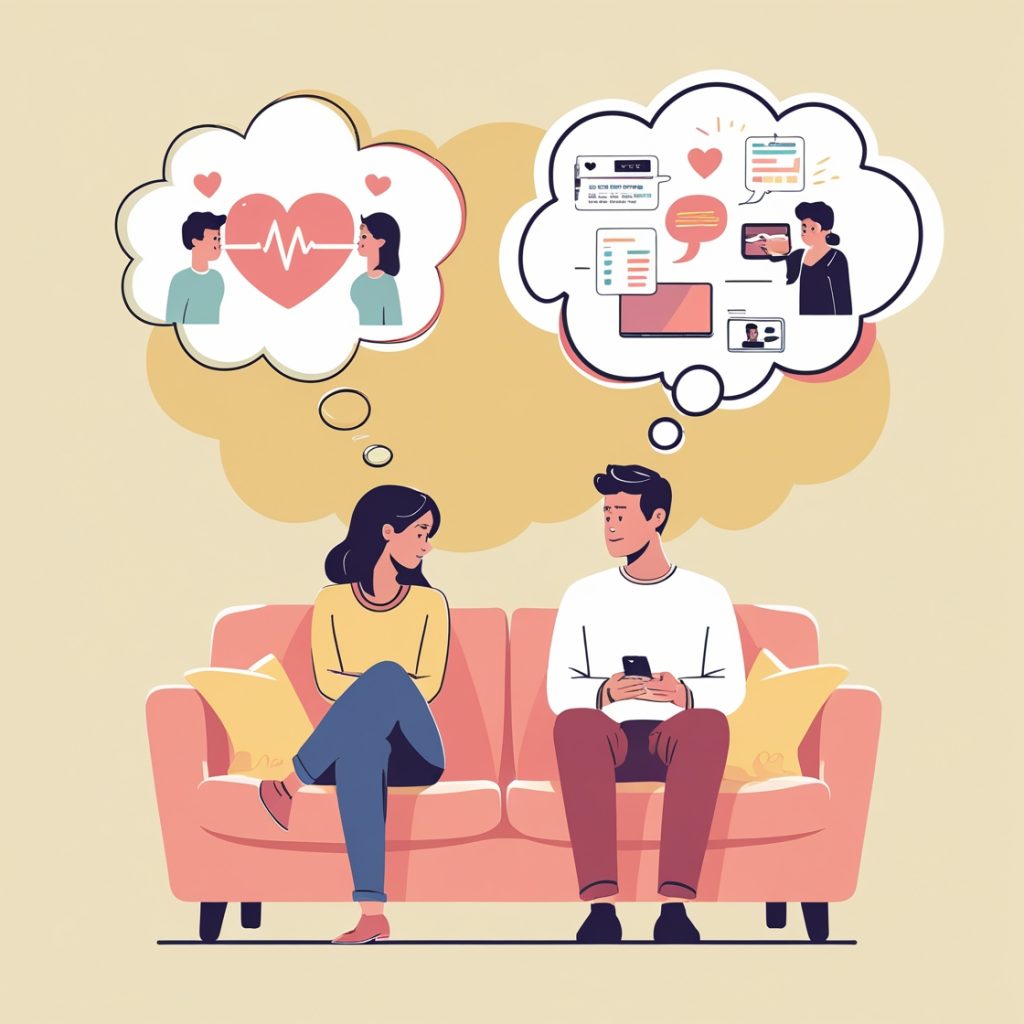
Several factors can contribute to this imbalance:
- Attachment styles: Anxious or avoidant attachment can lead to unequal emotional investment.
- Poor communication: Inability to express needs or boundaries leads to assumptions and disconnection.
- Emotional unavailability: Trauma, stress, or lack of emotional maturity may prevent someone from fully investing in a relationship.
- Unequal priorities: When one partner values the relationship more than the other, imbalance occurs.
Effects of a One-Sided Relationship on Mental Health
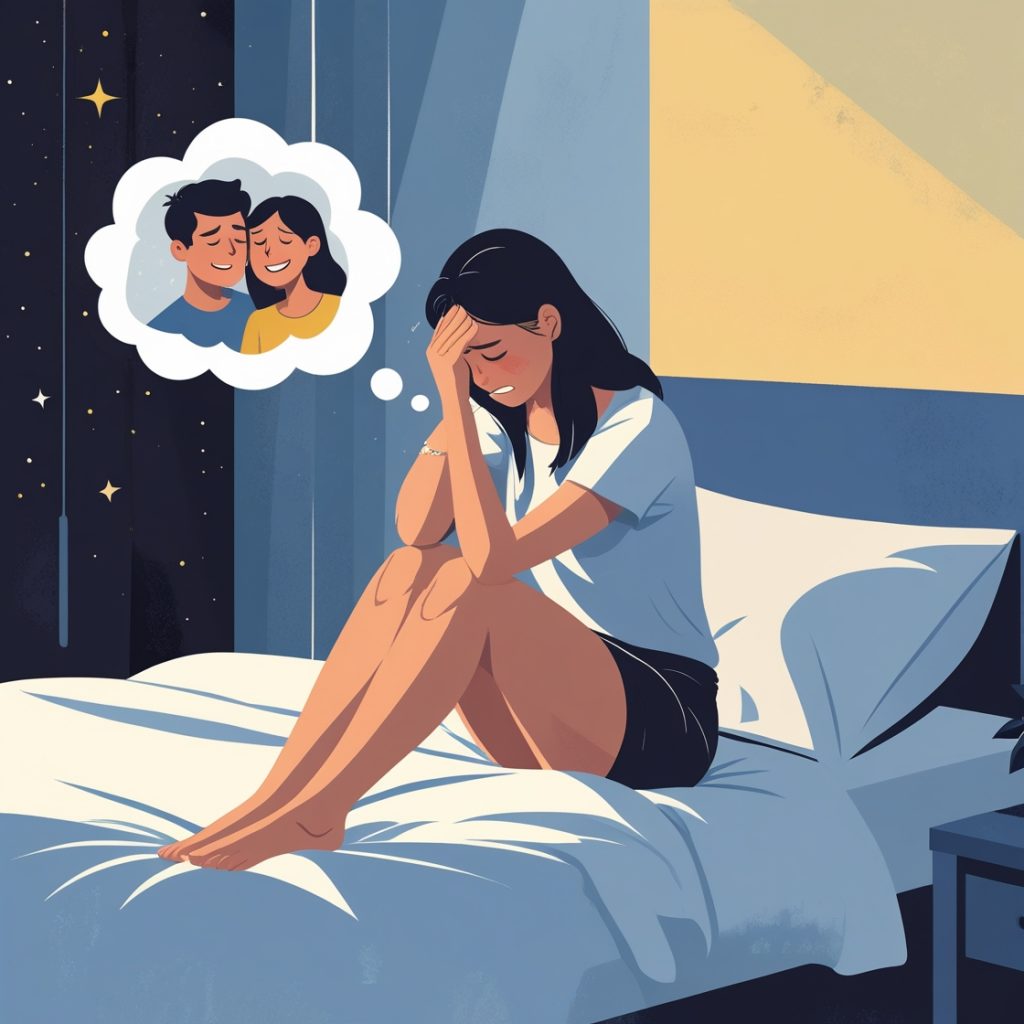
Staying in an unbalanced relationship can be emotionally exhausting. Over time, it may lead to:
- Anxiety and depression
- Low self-esteem
- Emotional burnout
- Trust issues in future relationships
- Making excuses for a partner’s behavior to protect your hope
Why Do People Stay in One-Sided Relationships?
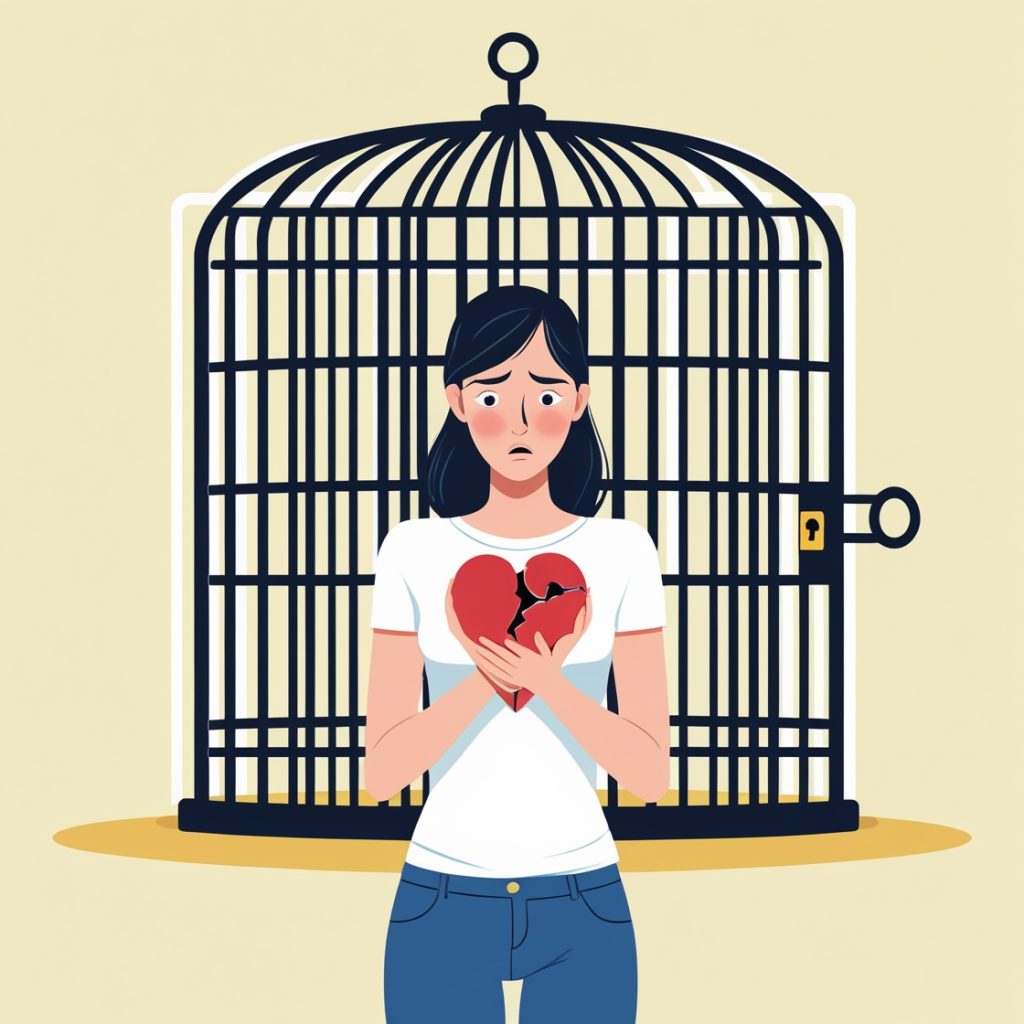
Despite the pain, many people remain in one-sided love because:
- They fear being alone
- They hold onto hope that things will change
- Their self-worth is tied to the relationship
- They ignore red flags due to emotional attachment
Understanding these reasons is vital for breaking the cycle.
Can You Change a One-Sided Relationship?
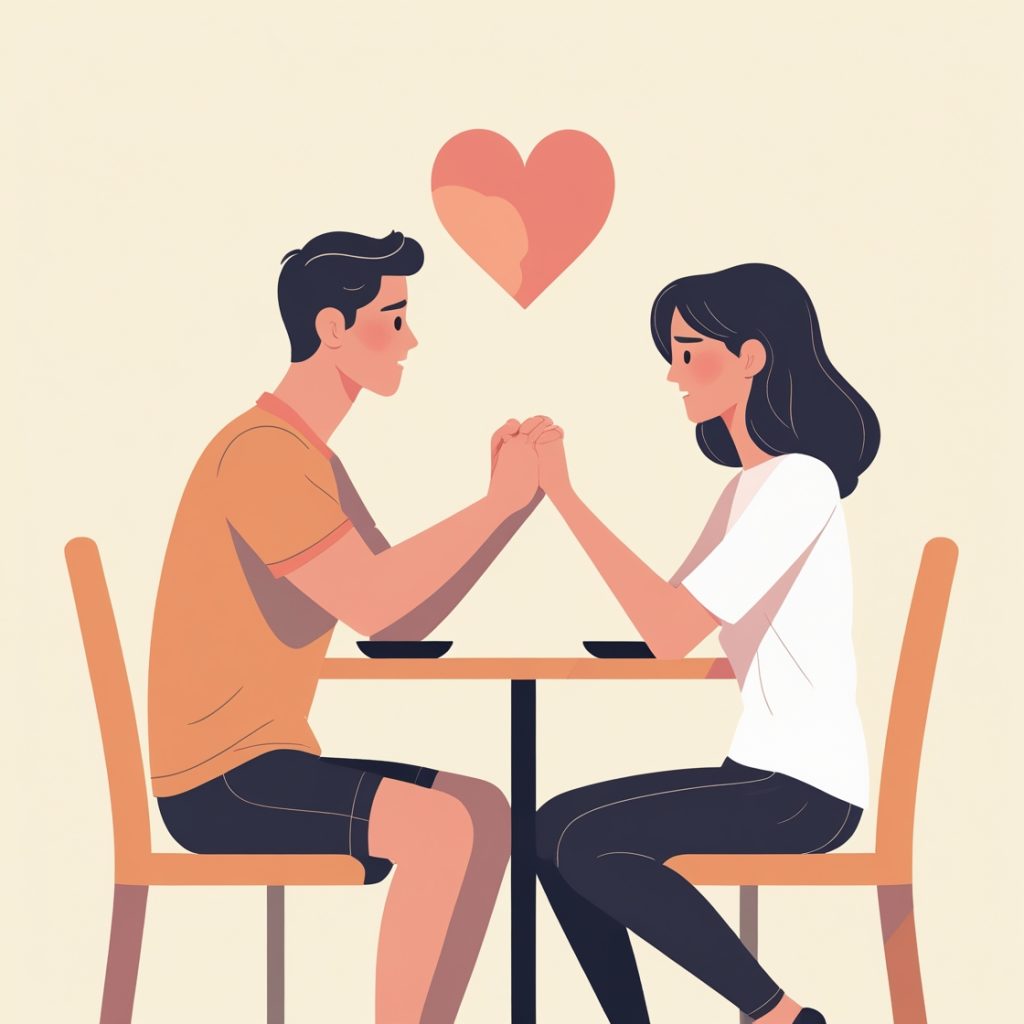
Yes — but only if both partners are willing to put in the work. One person alone can’t repair an unhealthy dynamic.
How to Change a One-Sided Relationship

🔁 Change Your Behaviors
Stop overextending yourself. Set boundaries and observe how your partner reacts. Does effort increase or vanish?
🧠 Consider Couples Therapy
Professional guidance can help improve communication, identify hidden issues, and build a more balanced relationship — if both parties are committed.
💬 Communicate Your Needs
Sometimes, your partner may be unaware of the imbalance. Clearly express your feelings and expectations without blaming.
How Do You Know It’s Time to End a One-Sided Relationship?

It might be time to walk away when:
- Your needs are consistently unmet
- Your mental health is suffering
- Your partner shows no desire to change
- You feel more alone in the relationship than outside it
How to End a One-Sided Relationship
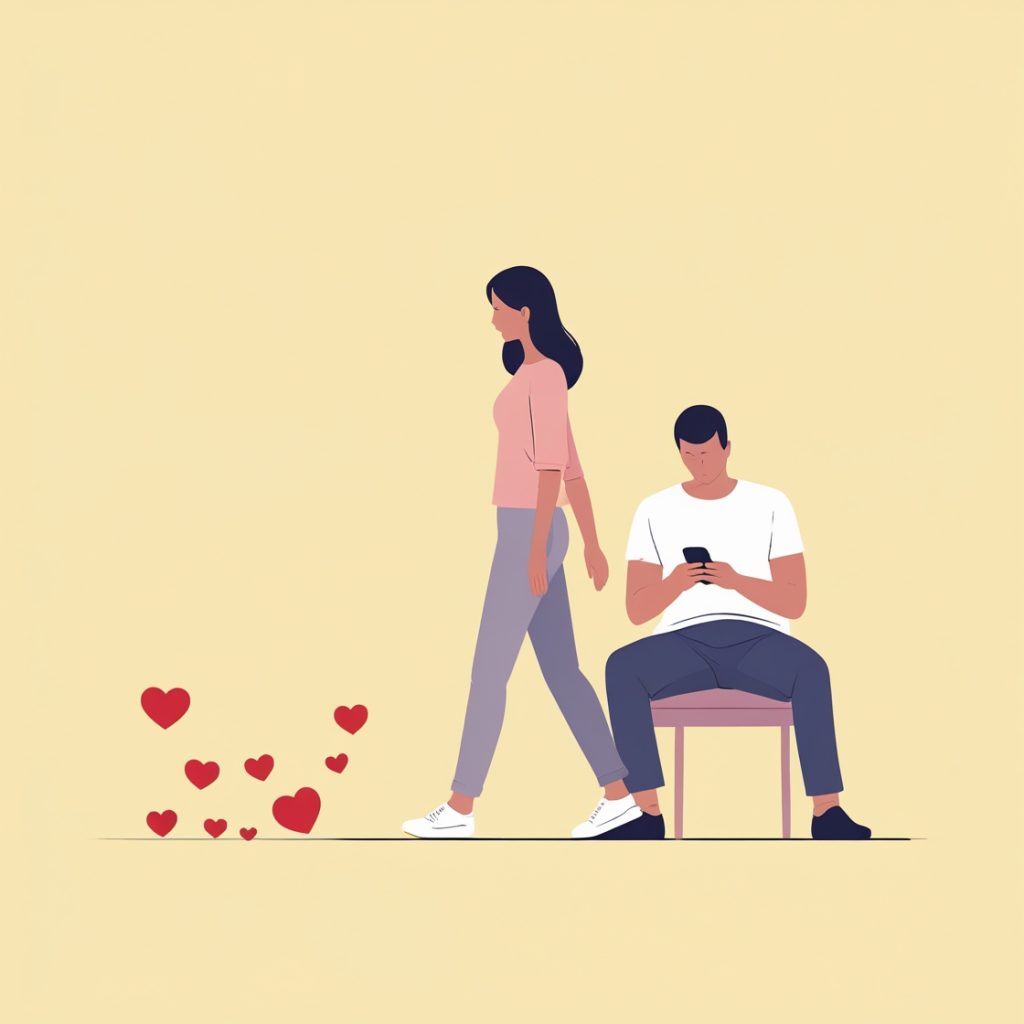
- Be honest and kind. Explain your feelings without blaming.
- Stick to your decision. Don’t get pulled back into false promises.
- Seek support. Friends, therapists, or support groups can help.
Ending an unbalanced relationship is hard, but it’s often the first step toward healing and finding a healthy relationship.
Moving On from a One-Sided Relationship

Give yourself time to grieve, reflect, and rebuild self-worth. Focus on self-care, reconnect with your interests, and nurture supportive friendships. Healing begins when you stop making excuses for others and start prioritizing yourself.
Final Thoughts
Being in a one-sided relationship can be painful and emotionally draining, but recognizing the signs is the first step toward change. Whether it’s improving communication, seeking couples therapy, or deciding it’s time to move on — remember, your feelings are valid. You deserve a relationship where love, effort, and respect flow both ways.



